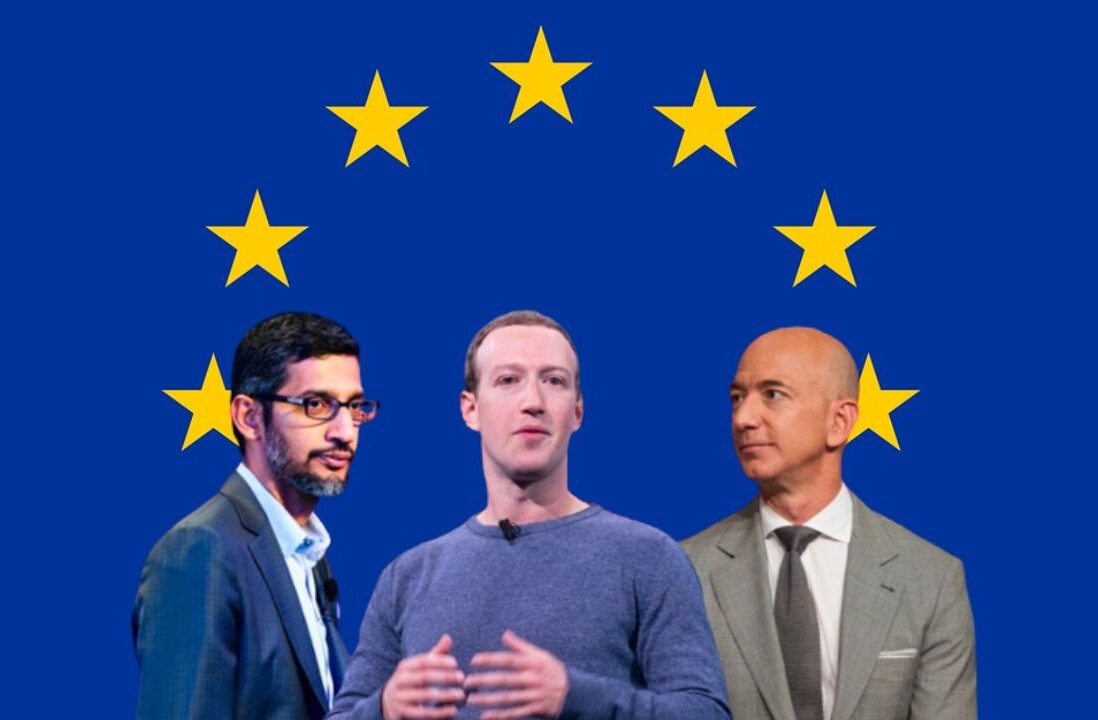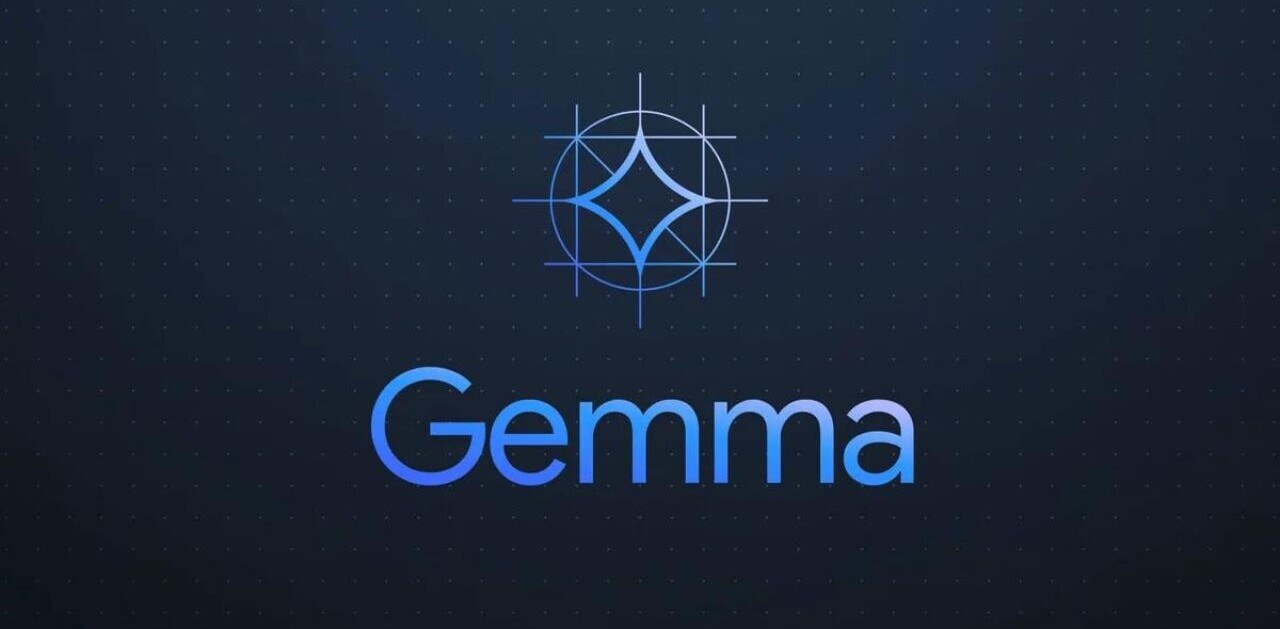
 I just watched a rather long but fascinating interview with Google News’ creator Krishna Bharat at the IJ-7 “innovation journalism” conference at Stanford University.
I just watched a rather long but fascinating interview with Google News’ creator Krishna Bharat at the IJ-7 “innovation journalism” conference at Stanford University.
Bharat openly discusses where the Google News concept stemmed from, the role Google News currently it plays in modern day journalism and towards the end of his fireside chat, how he envisages journalism to change over the next 5 years.
You can watch the video in its entirety below but it was the latter point on how professional journalism would develop over the next few years that particularly interested me.
Bharat is convinced professional journalism is here to stay and while understandably unsure as to how things will develop, he briefly lists a number of points he believes will take shape over the course of the next few years. FYI none involves the death of professional journalism, or paying for it either for that matter.
- Clarity over the role of every journalistic organisation.
Bharat believes publications will become more focused, specialised. News organisations will be known for a particular subject or specialism – whether it be topic or locality. - Use of social networks much more than today.
While most blogs and news organisations are beginning to use social networks on some level, Bharat believes this will be much more widespread in coming years. - Efficient Packaging and Payment
Allowing people to easily opt into reading something, easy retrieval of articles and the ability to pay for content in a much more efficient manner than we are currently able to. This seems to imply Bharat believes paying for content to be part and parcel of the future of online journalism. - 4. Smarter Ads
Ads that understand the audience better and market the right type of products to the reader. - Interesting new ways of packaging
A little vague but essentially a way to “stream” content from a variety of different publishers based on the subject the reader is interested in. From my perspective this would seem like a more advanced Google Reader, possibly more along the lines of lazyfeed?
I’d agree with all the above but would add two more:
- Use of third party readers and aggregation tools will continue to soar. This will mean continued difficulties monetizing content that is read elsewhere, and will also likely mean continued trend in “headline” scanning.
- Apps. Whether they’re web apps, tablet/iPad or mobile/iPhone apps – apps will dominate. Publishers will hope that readers will choose to use the publishers apps to read their content, and for publishers who choose to paywall their content – that might be true. For news organisations who rather openly distribute their content for free, we’ll probably see third party ‘reader’ or aggregation apps dominate.
What are your thoughts?
Full video below:
Get the TNW newsletter
Get the most important tech news in your inbox each week.





